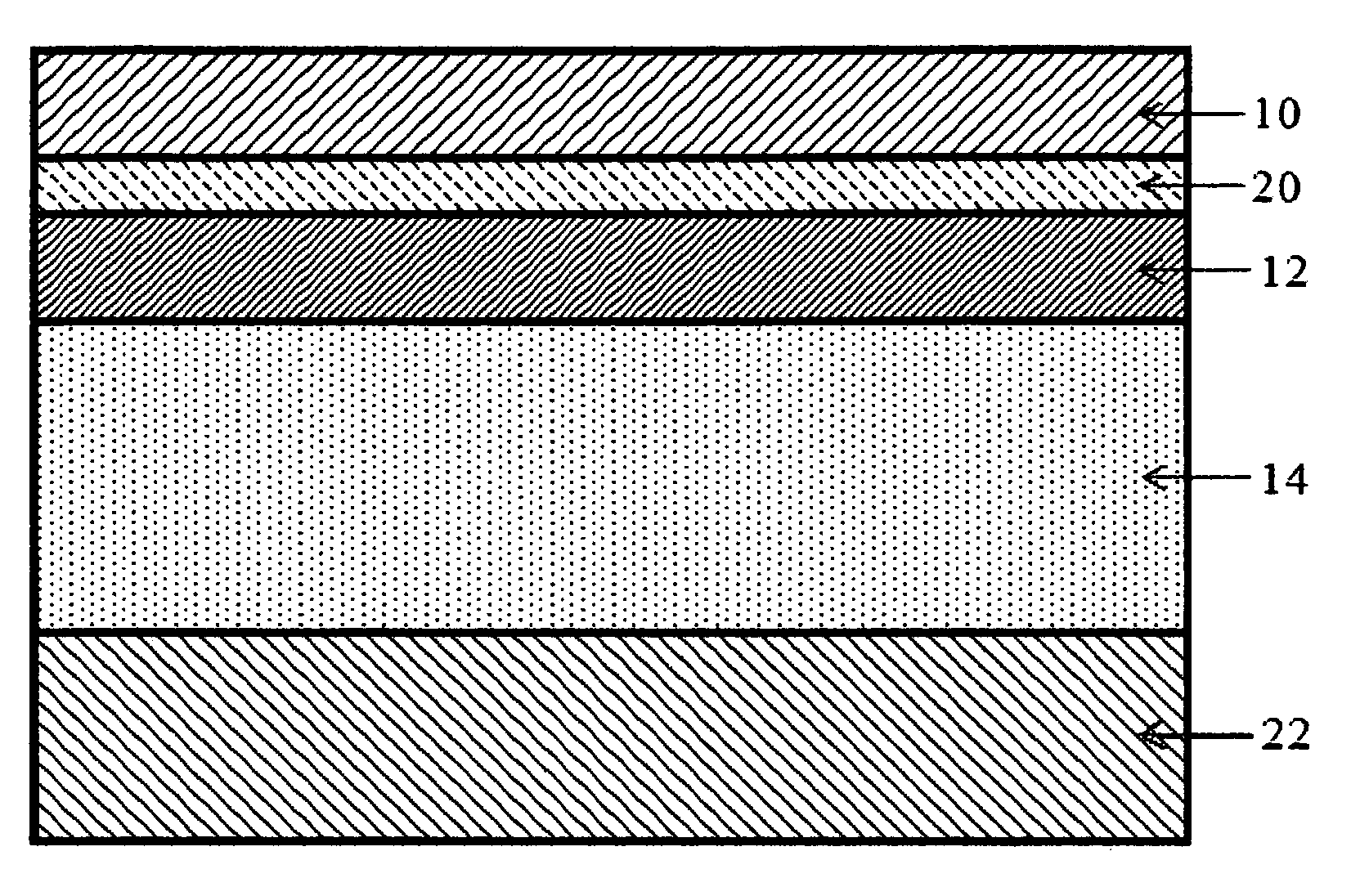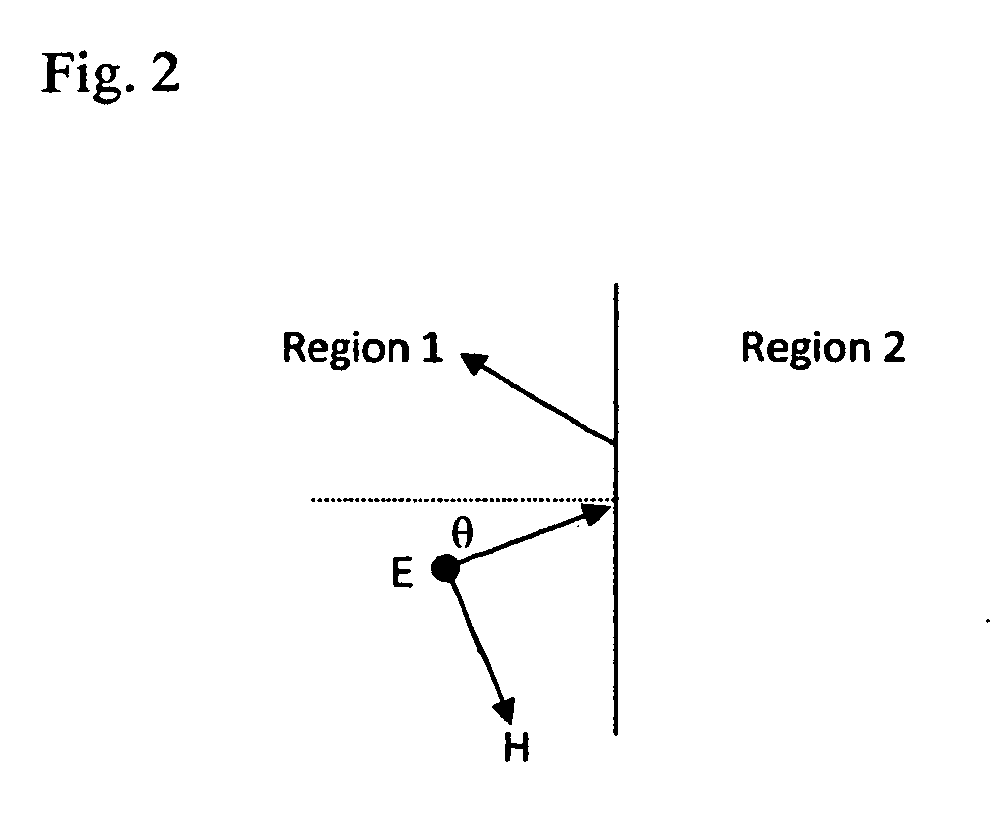Photon trapping solar cell
a solar cell and photon technology, applied in the field of photon trapping solar cells, can solve the problems of increasing raw material demands, limiting the supply of sun energy, and straining the demands of raw cds/cdte materials, and achieve the effect of reducing the efficiency barrier of cds/cdte cells and reducing the thickness of css/cdte cell designs
- Summary
- Abstract
- Description
- Claims
- Application Information
AI Technical Summary
Benefits of technology
Problems solved by technology
Method used
Image
Examples
example
[0038]Shown below is some of the output of a typical optimization run using programs optical_stack.f and optical_stack_opt.f. This run optimizes a two layer antireflection coating along with the layers of CdS and CdTe. These programs are written to assume that all thicknesses are in thickness units of Angstroms. Since most optical thicknesses are currently expressed in nanometers (1 nanometer=10 Angstroms), the final design thicknesses are converted from Angstroms to nanometers.
#AMOEBA SUMMARY FILE GENERATED Sat Mar 1 11:10:44 2008#NUMBER OF ANGLES = 10#Layer 1 Thick. Layer 2 Layer 3 Layer 4 loss Layer 4 Figure of merit# 760.000 450.000 300.000 0.500 3000.000 −3.936# 988.000 450.000 300.000 0.500 3000.000 −4.426# 760.000 585.000 300.000 0.500 3000.000 −3.621# 760.000 450.000 390.000 0.500 3000.000 −3.598# 760.000 450.000 300.000 0.650 3000.000 −5.055# 760.000 450.000 300.000 0.500 3900.000 −3.557#END OF INITIALIZATION # 1# 851.200 504.000 336.000 0.560 2100.000 −2.292# 782.800 463.5...
PUM
 Login to View More
Login to View More Abstract
Description
Claims
Application Information
 Login to View More
Login to View More - R&D
- Intellectual Property
- Life Sciences
- Materials
- Tech Scout
- Unparalleled Data Quality
- Higher Quality Content
- 60% Fewer Hallucinations
Browse by: Latest US Patents, China's latest patents, Technical Efficacy Thesaurus, Application Domain, Technology Topic, Popular Technical Reports.
© 2025 PatSnap. All rights reserved.Legal|Privacy policy|Modern Slavery Act Transparency Statement|Sitemap|About US| Contact US: help@patsnap.com



